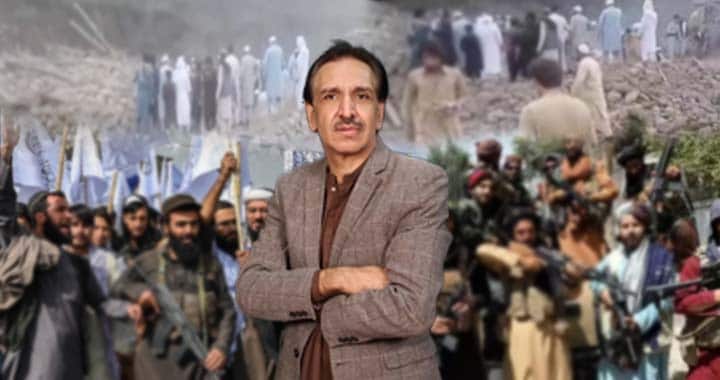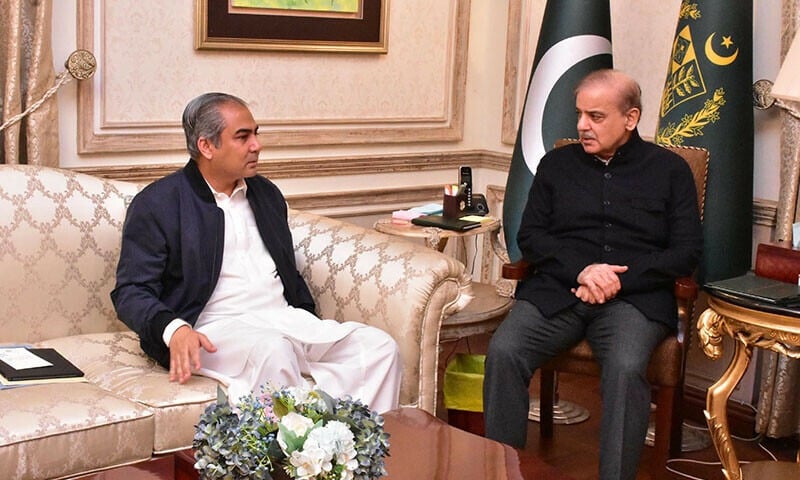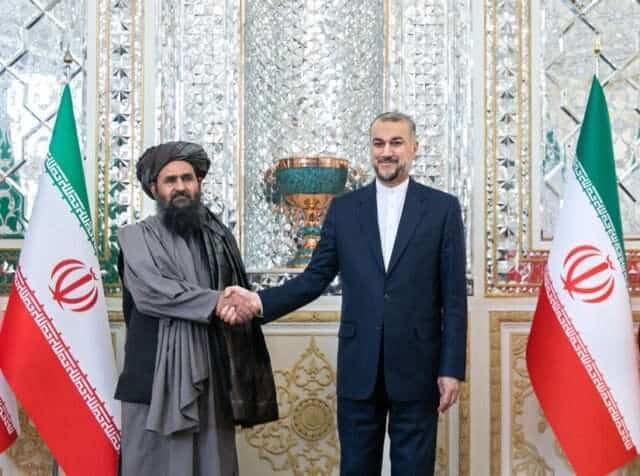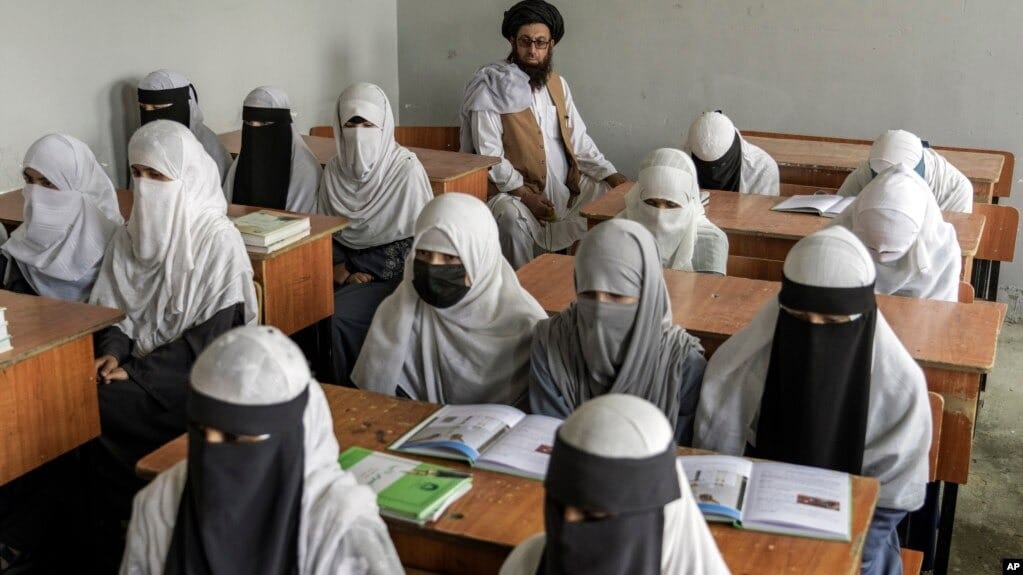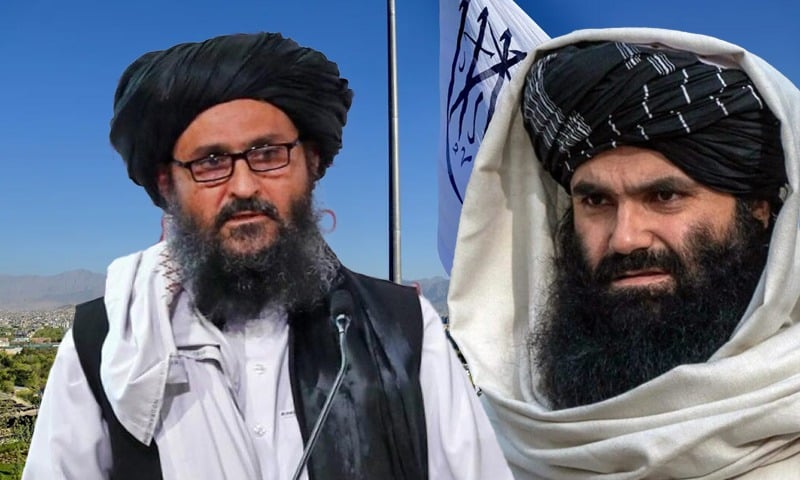Aqeel Yousafzai
The conflict we see on the ground is only half the story. Alongside guns and bombs there is a far more insidious campaign underway: a war of narratives in which images, videos and stories are weaponised to shape belief, erode trust in state institutions, and rewrite facts. Pakistan’s institutions political leaders, mainstream media and the policy class remain largely unprepared. They continue to fight yesterday’s battles with old thinking while a nimble, ruthless propaganda ecosystem wins hearts, recruits followers, and converts doubt into action. If we want to protect lives and restore public faith, we must treat narrative as a strategic front: build credible, evidence-based storytelling, empower local and trusted voices, and create rapid, transparent information processes that make disinformation ineffective.
Narratives win before bullets arrive. History teaches this plainly: propaganda built the social soil in which the worst of the twentieth century could grow. In our region, the recent proliferation of AI-manipulated videos, doctored images and emotionally charged clips spreads with the speed of wildfire. Viewers are not neutral consumers of media; they are participants they share, they argue, they mobilise. When a single clip authentic or fabricated becomes the dominant story, institutional facts and official accounts struggle to catch up. This is not a secondary problem. It changes the battlefield. It determines whether the public believes the sacrifice of a soldier was legitimate, whether civilians killed in collateral incidents are mourned or weaponised, and whether communities rally to the state or to those who seek to undermine it.
We have seen the consequences. Incidents such as Tirah (and many others) become thickets of competing versions: numbers differ, images circulate without context, and YouTubers and partisan channels amplify half-truths. The result is predictable: confusion, distrust and protests triggered by narratives rather than verified facts. Where the state fails to provide timely, transparent, and locally resonant explanations, alternative narratives often better packaged and more emotionally compelling fill the void. The militants and their sympathisers do not always need to win on the battlefield; they need only win the story.
This failure is not accidental it is structural. Our narrative architecture suffers from three core problems.
First, the wrong people sit at the narrative table. Committees composed of well-meaning but disconnected figures those who live comfortably within conference halls and air-conditioned offices cannot craft messages that resonate with communities across Swat, Waziristan or other frontline areas. Narrative work requires field-hardened, locally trusted voices: former tribal elders, community leaders, frontline journalists, civil-society activists, and officers who understand local dynamics. Appointing public relations specialists who lack this grounding will not only fail; it will backfire.
Second, policy makers do not appreciate the speed and scale of modern disinformation. The current apparatus moves slowly: statements are cleared, long-form reports produced, and media briefings scheduled. Meanwhile AI-generated visuals and viral clips travel across platforms in minutes. The state needs a rapid, evidence-based information mechanism not propaganda that can verify, contextualise and broadcast facts within hours. Silence, delay and opacity are the narrative strategist’s worst tools.
Third, mainstream media and state communicators have not invested enough in credibility. Credibility is not built by repetition; it is earned through consistent transparency. When a soldier is killed in an operation, or when civilian casualties occur, the public deserves timely, verifiable information: names, locations, forensic findings, and independent investigation where required. Without that, every burial becomes fodder for conspiracy, every casualty ripe for political exploitation. What then should a serious national narrative strategy look like? Below are practical, politically viable steps that can be implemented rapidly.
1. Rebuild the narrative team with field credibility. Replace or supplement closed-door committees with a core team that includes local journalists, tribal elders, conflict-zone correspondents, civil society representatives and psychologically informed communicators. Those who understand local languages, sentiments and historical grievances must shape the messages.
2. Create a rapid verification and response cell. A small, professional unit working 24/7 should be empowered to verify viral content, produce concise evidence packets (photos, timestamps, witness statements), and push verified updates to multiple platforms. Speed is essential: within hours, not days.
3. Publish facts before narratives harden. Transparency pre-empts disinformation. When casualties occur, release verifiable details early: names, ranks, precise locations, and the known sequence of events. Where ambiguity exists, state that clearly and promise an investigation with timelines. Honesty about uncertainty preserves credibility.
4. Decentralise storytelling to trusted local messengers. The most persuasive narratives in tribal and frontier areas come from neighbours, not Islamabad. Train and support local reporters, religious leaders and community elders to share verified information and to explain the state’s actions in ways that resonate culturally.
5. Invest in digital literacy and media education. Long-term resilience depends on an informed public. Schools, madrasas and community centres should run media-literacy programmes that teach citizens how to spot manipulated images, check sources, and demand evidence before sharing.
6. Strengthen independent investigations and allow third-party verification. Invite neutral observers respected journalists, international forensic teams where appropriate, and credible NGOs to corroborate official accounts. External validation rebuilds trust faster than repeated denials.
7. Monitor external influence operations. Indian, Afghan and other external media outlets actively compete in this space. A technical unit should monitor cross-border narrative flows, identify coordinated campaigns, and expose them publicly with factual rebuttals.
8. Use humility, not triumphalism. Messaging that sounds defensive or triumphalist will be dismissed. A tone of sober responsibility acknowledging mistakes where they occur and committing to remedy is far more persuasive.
The stakes are existential. If the state resigns the narrative field to militants, political groups, foreign actors and viral influencers, the result will be a slow erosion of public trust that no military success can repair. Soldiers can clear a village tomorrow but if the story that reaches millions tells a different tale, strategic objectives are undone. Narrative defeat breeds operational setbacks; it fuels recruitment and shields culpable actors behind the language of victimhood.
Finally, this is not a battle for fake-tech alone; it is a battle for legitimacy. Narrative work must be anchored in real policy improvements: accountable operations, protection of civilians, lawful conduct, and investment in public services. No amount of messaging can substitute for the tangible improvements that convince citizens their state protects them.
Pakistan’s policymakers must recognize that the war of storytelling is not a sideshow. It is the central theatre in which consent is won or lost. Winning it requires humility, speed, local credibility and above all a commitment to facts and justice. If we do not act now, we will discover that the deadliest victories are those that happen inside people’s minds and they will have been lost without a single shot.

